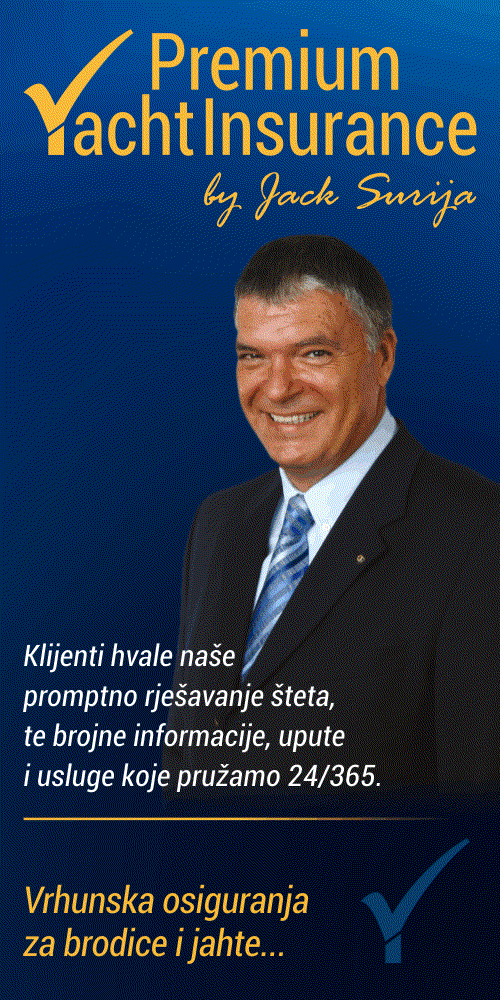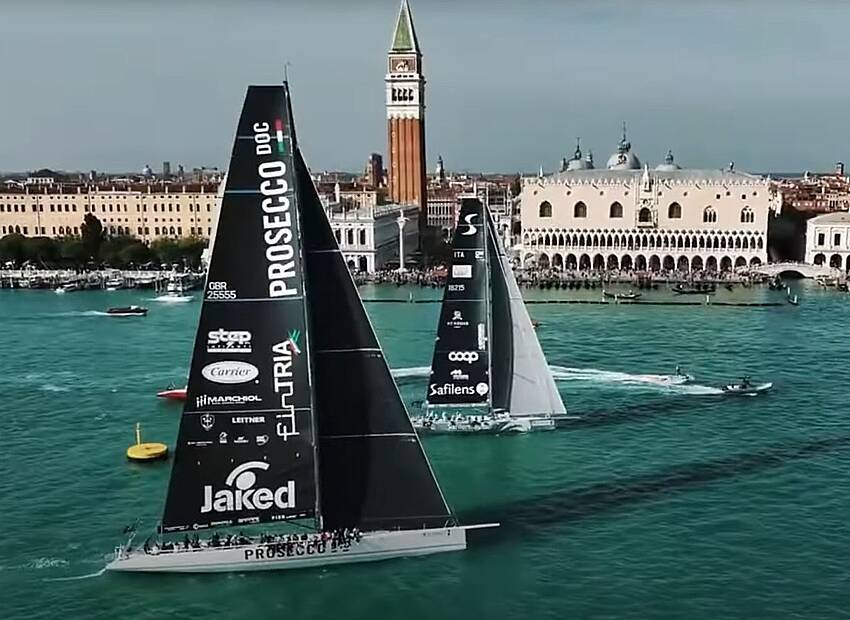Barabino & Partners
The 5th edition of Adriatic Sea Tourism Report (ASTR) continues the annual analysis and description of maritime tourism in the Adriatic Sea, with information and data that have been updated every year since the first edition in 2013. This report provides in-depth quantitative and qualitative information on the three sectors of maritime tourism in the Adriatic Sea: cruise, ferry and sail and yachting tourism.
This report is the result of information and data collection directly carried out by Risposte Turismo thanks to extensive dialogues with several Adriatic stakeholders who collaborated. Among these, ports and marinas (individual and networks), passenger terminals, charter operators, navigation and tourism companies, national institutes of statistics, single tourism destinations, public administrations and tourism boards. ASTR contains also the results of analysis, researches, studies of data and info regarding traffic, investments, demand, supply, plans, strategies, priorities and obstacles within the maritime tourism sectors in the area.

The 2017 edition of the report contains – in addition to methodology and the introduction – three chapters, each of which focused on the cruise, ferry and sail and yachting sectors, with graphs, tables and maps and an examination of the movements of tourists by sea, directions, dimensions and behaviours. The final chapter this year is dedicated to report opinions, considerations, suggestions and thoughts about the Adriatic and its maritime tourism, collected from experienced stakeholders. The report also includes a box focused on coastal tourism in the Adriatic, a setting so closed to the maritime one, with new info and data about tourism flows and bed availability in the municipalities of the 7 countries facing the Adriatic. Again this year a double ad-hoc survey on the nautical sector was conducted in the early months of 2017 and was addressed to marinas and charter companies. It highlights information related to demand and supply with a transnational perspective.
The Adriatic is an international space that still requires efforts to be fully recognised as a brand and a unique destination. Studies and analysis like this may give a contribution but a stronger commitment both from public and private operators is needed. The summary of data that follows below should be sufficient to give an idea of the unequivocal relevance that the Adriatic assumes in international geography and maritime tourism, but the overall results still do not appear aligned with the potentialities.

Maritime tourism in the Adriatic Sea in 2016 at a glance: Adriatic gates and routes
more than 30 cruise ports
over 5 million passenger movements
more than 40 ferry ports
over 17 million passengers
more than 330 structures
for boat tourism
around 80,000 moorings
Source: Risposte Turismo (2017), Adriatic Sea Tourism Report.

Table_2017_CruiseTraffic
more than 30 cruise ports over 5 million passenger movements
more than 40 ferry ports over 17 million passengers
more than 330 structures for boat tourism around 80,000 moorings

Clientele_2017_Marinas

Clientele_2017_Charter
TOWARDS THE ADRIATIC DEVELOPMENT
The starting point for the ASF project as a whole lies in our company belief that, from the point of view of organising and fostering the tourism offer, the Adriatic Sea deserves more attention and commitment. Efforts should aim to, from the quali-quantitative angle, improve on the results achieved to date − with potential benefits for nations as a whole, local communities, companies and individual operators. This conviction should translate into an ambitious project capable of pooling not just good intentions but also the commitment and action of tourism-industry operators and other players and organisations.
Compared to other phenomena and sectors, maritime tourism − and its components – might emerge as the major driver and protagonist of such developments and potential outcomes, namely a stronger Adriatic from the tourism angle. In terms of tourism demand, notable drawing power is exerted by the wealth of assets of the many towns, cities and so forth that look over the Adriatic Sea. Assets of natural-history interest, landscapes and sights and locations of historical, artistic and architectural interest, not to mention the bustling social and cultural life of the various peoples of the area. However, the true common denominator for this large variegated zone – with all its exuberance – is its expanse of water. The various maritime tourism solutions may therefore became the symbolic focal point and the strength to promote the area. A promotion that shall also benefit the rich tourism offer to be found in the coastal districts themselves, and their hinterlands.
Within the Adriatic Sea Tourism Report 2017 production, we have collected various viewpoints from professional stakeholders endowed with experience and vision. Some of the outcomes are listed below.
• • The most recurrent cited advantages of the Adriatic are: beauty, wealth of assets, history, climate, personal safety, weather conditions, infrastructures and services of ports and marinas, many regions for a full variety of tourism options.
• • What’s missing as regards the area: limited dialogue and limited propensity for engagement and collaboration among the various governmental and administrative bodies, needed improvement of port infrastructures and services for ships, provision of environmental safeguards.
• • Regarding the branding topic, it is a widely shared opinion that the Adriatic is not recognised at present as a brand, logo or name capable of immediately evoking a set of values, or propositions or opportunities for visiting and discovering localities.
• • Some operators are convinced that the Adriatic is already a destination, while others firmly believe that, actually, it is just a “container” of other more specific destinations already well known. Opinions converge over the fact that the Adriatic (with its various eastern, western, northern and southern zones) does merit a project that is capable of ascribing to the area as a whole a real identity as a destination.
• • The generally accepted view is that – among nations, regions or cities and suchlike entities – there is a lack of will to work together. Even in the presence of a shared-commitment project, the internal competition would remain: indeed, it would spur us on to ‘go the extra mile’.
• • A jointly promotion of the Adriatic may exploit the fame and renown of certain destinations in this area but should also go beyond this limited ambit, and foster a broader and more adequately articulated tourism offer. The core issue concerns, on the one hand, establishing what can and should be done centrally – thus clarifying objectives, processes, backup investments and responsibilities – in order to further Adriatic coordination, and, on the other, establishing what can and should be done locally.
The overall impression is that everyone is waiting for someone to make the first move, to offer their services – armed with an idea, a solution, a plan of action – as a pivot and facilitator for a long-term project whose aims are to highlight and showcase not only the qualities of the Adriatic Sea and of the maritime tourism sector, but also the extraordinary beauty of this part of the world.
Related articles

Marinas, Ports and Charter
Statement for Marina Krvavica
Notice to owners of vessels in Marina Krvavica





















